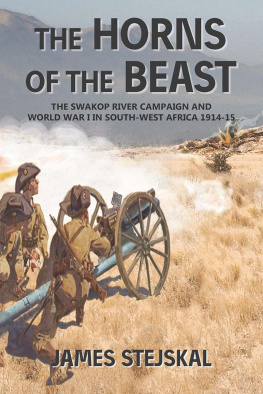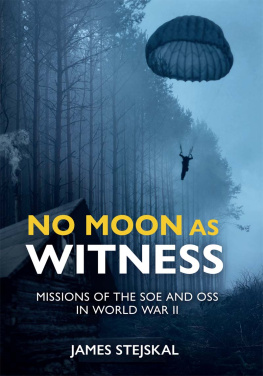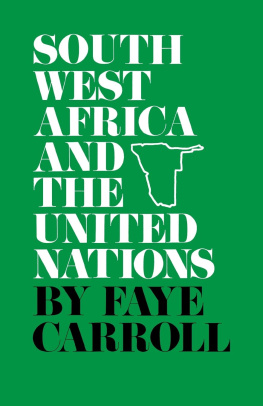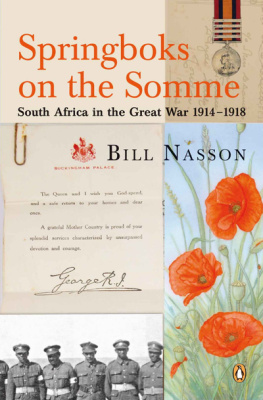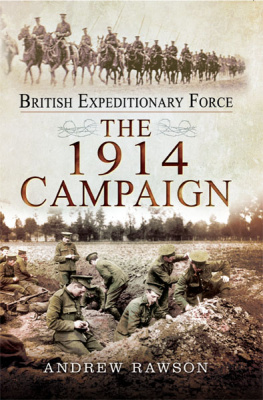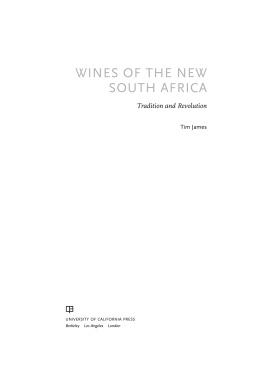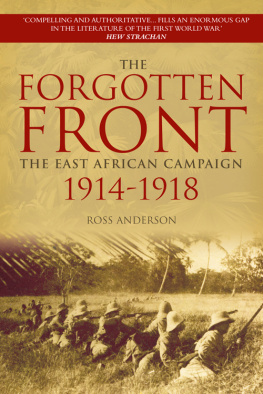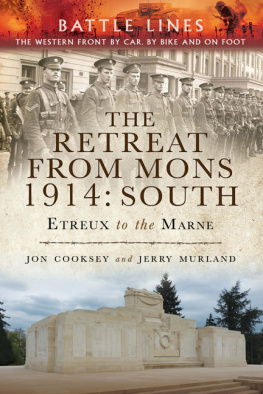In December of 1914, veteran Boer commander General Louis Botha landed his forces on the coast of German South West Africa to finish off the colonys Schutztruppe defenders. In August, the South Africans had started off badly with a disastrous battle at Sandfontein and an internal rebellion that could have torn the Union of South Africa apart. Bothas campaign would eventually lead to victory, but it would not be easy. Overshadowed and largely forgotten by the battles in Europe, this was one of the more distant and now almost forgotten episodes of World War I. But from August 1914 to July 1915, a small German force of 4,000 faced nearly 75,000 Allied troops of the Union of South Africa, Britain, and colonial Rhodesia in a fight that was pivotal in the history of southern Africa. This loss on the battlefield would cost Germany her most prized African possession and prove to be an important milestone in the history of the country that would eventually become Namibia. Britain was so concerned about the threat the German protectorate of South West Africa posed to the Empire that it requested its dominion, the Union of South Africa, occupy the territorys ports and destroy its powerful wireless stations. South African leaders were eager to take on this urgent Imperial service to expand their own territory.
When the Germans capitulated nearly a year later, it was the first Allied victory of the war and a rallying point for the United Kingdom. It was a terrible place to fight a war. Invading troops wondered why anyone would want to live in the place, let alone fight over it. Vast deserts barred easy entry to the country; the bones of animals and humans scattered across the surface attested to their lethal nature. The South Africans had to feed and water over 100,000 horses and oxen where little fodder existed and after the Germans had sabotaged many of the water points. Meanwhile, the Germans were looking over their shoulders as the native peoples they had long mistreated tried to settle old scores through ambushes and sniping.
Using primary sources, on the ground research, and accurate maps and charts of the battles, the author sheds new light on the operations of the South African Army in its first foreign war and the Schutztruppe defense of German South West Africa. The book also demonstrates the terrible cost of miscalculations by politicians and military leaders on both sides.
James Stejskal was born in 1954 in Omaha and grew up on the Great Plains of Nebraska. After trying college, he enlisted in the military and successfully passed assessment and selection to qualify for duty with US Army Special Forces. He served 23 years with Special Forces and special mission units conducting operations in many interesting places worldwide before retiring as a Chief Warrant Officer 4. He then joined the US State Department and served as a diplomat, mostly in Africa, for 11 years, retiring in 2012.
Given his background in military and international political and security affairs, he began to devote more time to historical research and quickly evolved into a military historian. He is the author of a number of articles on military history and conflict archaeology, and holds a Masters Degree in Military Studies and a Bachelors Degree in History. He works as a consulting historian for the Namib Battlefield Heritage Project, a collaborative effort to record and preserve World War I battle sites in Namibia, and as a conflict archaeologist associated with the Great Arab Revolt Project in Jordan.
He currently lives in Alexandria, Virginia with his wife, Wanda. This is his first book.
THE HORNS OF THE BEAST
THE SWAKOP RIVER CAMPAIGN AND
WORLD WAR I IN SOUTH-WEST AFRICA 1914-15
James Stejskal
Helion & Company Limited
26 Willow Road
Solihull
West Midlands
B91 1UE
England
Tel. 0121 705 3393
Fax 0121 711 4075
Email:
Website: www.helion.co.uk
Twitter: @helionbooks
Visit our blog http://blog.helion.co.uk/
Illustrations as individually credited
ISBN 978 1 913118 21 1
eISBN 978 1 909982 78 9
Mobi ISBN 978 1 913118 21 1
British Library Cataloguing-in-Publication Data.
A catalogue record for this book is available from the British Library.
All rights reserved. No part of this publication may be reproduced, stored in a retrieval system, or transmitted, in any form, or by any means, electronic, mechanical, photocopying, recording or otherwise, without the express written consent of Helion & Company Limited.
For details of other military history titles published by Helion & Company Limited contact the above address, or visit our website: http://www.helion.co.uk .
We always welcome receiving book proposals from prospective authors.
List of illustrations and maps
Illustrations
Lieutenant Colonel von Heydebreck and the Schutztruppe staff riding through veld during maneuvers in August 1914. ( Namibian National Archives)
Generals Botha and Smuts during the First World War. (South African Government Photo released into Public Domain)
Telefunken Radio Station Windhoek, masts and buildings, 1914. ( Namibian National Archives)
South African Commando with Lee Enfield rifle 1914. ( Namibian National Archives)
South African soldier of the Transvaal Scottish Regiment 1915. ( Namibian National Archives)
South African Field Artillery, with their BL QF 15-pdr Gun 1915. ( Namibian National Archives)
South African BLC 15-pdr anti-aircraft gun Skinny Liz and crew, one with heliograph. ( Namibian National Archives)
Henri Farman aircraft of the South African Aviation Corps piloted by LT Kenneth van der Spuy. ( Scientific Society Swakopmund (Incorporated Association not for Gain)
A Rolls Royce armored car of RNAS No 1 Armoured Car Squadron at Walvis Bay, March 1915. ( Namibian National Archives)
South African 4 naval gun at Tschaukaib 1915. ( Scientific Society Swakopmund (Incorporated Association not for Gain)
Schutztruppe soldier on horseback (Reiter A. Brade) 1915. ( Namibian National Archives)
Pre-war photograph of Schutztruppe Officer Lieutenant Heise armed with Mauser rifle and probable 1908 Luger pistol. ( Authors Collection)
Schutztruppe soldier standing behind parapet walls 1915. ( Namibian National Archives)
Schutztruppe Maxim Machine-gun Detachment in the field. The soldier lying directly behind the gun carries a Kommissions Gewehr 88 rifle. ( Namibian National Archives)
Schutztruppe mountain gun 7.5 cm L/14 M. 08 in action against native guerrillas prior to WWI. ( Namibian National Archives)
Schutztruppe artillery crew & 7.7cm FK 96 n/A gun of 3rd Reserve Battery. ( Namibian National Archives)
Flying Lieutenant von Scheele with his Aviatik aircraft near Stingbank March/April 1915. ( Scientific Society Swakopmund)

